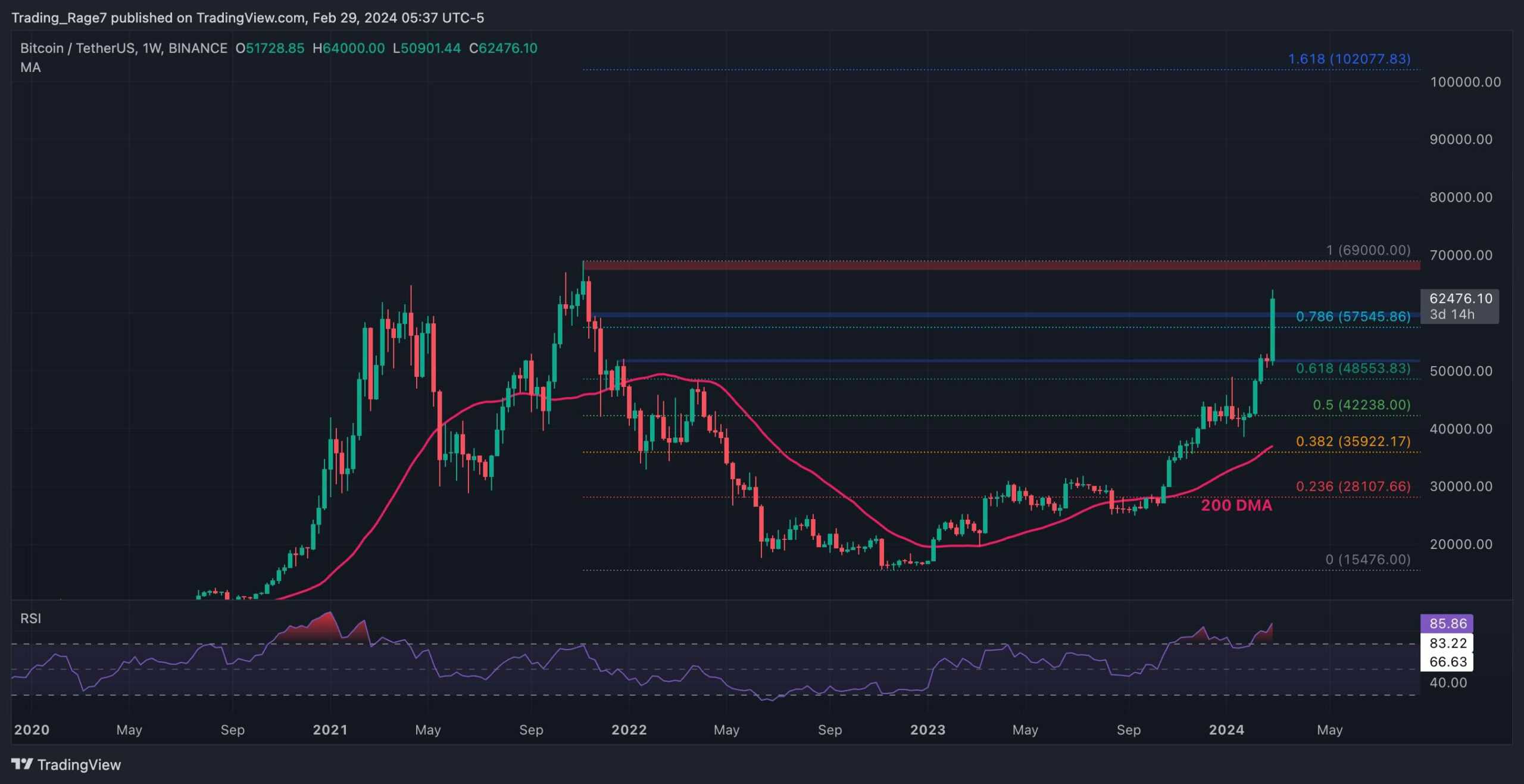What is The Fate of Bitcoin Miners Post-Halving? Crypto Exec Chips In
Following the successful completion of the long-awaited fourth Bitcoin halving on April 20, miners’ struggle for profitability has begun.
The event reduced block rewards from 6.25 BTC to 3.125 BTC, slashing the amount of assets produced daily. This has greatly affected miners’ profitability as they would rely more on transaction fees and higher BTC prices to stay afloat.
Struggle for Profitability
According to Jag Kooner, the Head of Derivatives at crypto exchange Bitfinex, Bitcoin miners are expected to face increased pressure due to lesser block rewards and squeezed profit margins. This could force less efficient firms out of the market unless there is a reduction in operational cost or a substantial increase in bitcoin’s value.
“However, this shift also presents an opportunity for innovation and efficiency improvements within the sector. Miners might explore new regions with cheaper energy sources or invest in more efficient mining technology to maintain profitability,” Kooner said.
With less efficient mining entities falling out of the market, mining could become more centralized among larger and more financially robust firms. Several big mining companies have invested in new efficient hardware, adding thousands of miners to their existing machinery to enhance their operations. This could give them an edge and help them maintain profitability.
Relying on Transaction Fees
Kooner further explained that a potential compensation for the reduced block rewards is an increase in transaction fees, which could occur if the demand for transaction processing exceeds the space available in blocks.
However, higher transaction fees could increase users’ costs and make the Bitcoin network less attractive for small transactions. Also, a prolonged decrease in Bitcoin’s hash rate could undermine trust in the network’s security, negatively affecting BTC adoption rate and price.
Bitcoin’s Price Performance
Besides higher transaction fees, increased BTC prices could also offset the reduced block rewards. This is most likely to happen as past halvings have been followed by bitcoin rallies. However, BTC’s surge in this cycle depends on several factors, including demand, investor sentiment, and macroeconomic conditions.
Although there are various opinions on bitcoin’s post-halving performance, tension in the Middle East could cause a pause in the trend predicted by analysts. Kooner said market sentiment moved from optimistic to pessimistic after Iran launched drones and missiles against Israel.
“It remains to be seen if this will affect fundamentals but sentiment is decidedly more cautious now than it had been just a week ago,” the Bitfinex executive added.
The post What is The Fate of Bitcoin Miners Post-Halving? Crypto Exec Chips In appeared first on CryptoPotato.









